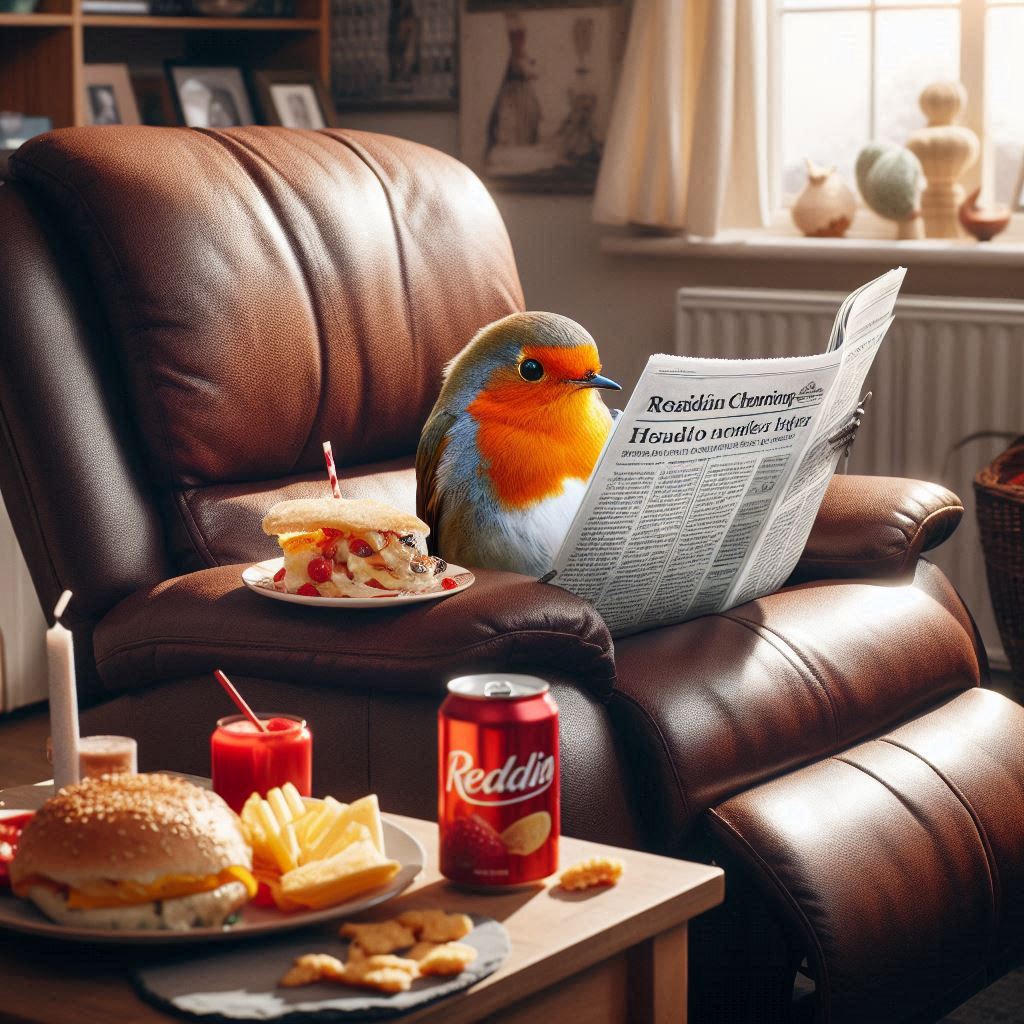Do you know about CAPABLE?"

Life happens quickly. In the next hour, 400 people will turn 65 and one of those might be yourmom or dad. So, you start to wonder about things like should they stay in their house and age in place or move somewhere else? It's a big deal, right?
Particularly to them. After all, theyre comfy there. They (and you) save money allowing them to age in place in their own home rather than assisted living. And they can do their own thing without trying to integrate with a whole bunch of other seniors and a facilitys ways of doing things.
But, heres the thing: Aging in place might require them getting more help with thingslike cooking, cleaning, or getting around. Or, their health might not be as good as it used to be, which might call for you to install a walk-in tub/shower, a stair lift, or get your stubborn dad to stop saying, Huh? and get a pair of hearing aids once and for all.
Making the decision
In the podcast Created Equal, Wayne State University professor Amanda Leggett suggests getting your parents to age in place can be daunting, but there are some clues that can help you decide if mom or dad can manage basic tasks like mobility and finances by themselves or you need to seek more advanced care.
When individuals start to need more assistance in managing these activities, thats kind of when we start to think about, is this something that the family can help with, or an in-home care aide might be able to help with? Or do we want to start thinking about that transition to a long-term care facility? And I think a big piece of this also really just boils down to safety, we want to make sure that if someone is independent in their home that they are safe, said Leggett.
And how are you going to afford all this?
Aging in place isn't cheap. Between healthcare, home modifications, and potential caregiving costs, it can really add up and it's tough to balance what's ideal with what's actually affordable.
Care surrounding aging is hugely expensive, and these are really, really challenging things for individuals trying to figure out [in terms of] what a family can afford, Leggett said. What is covered by insurance or is not covered by insurance, Medicare and Medicaid -- in-home care, out of home, long-term care, theyre all incredibly expensive. Trying to balance, when its necessary, what is affordable are huge conversations for families to think about.
But, there may be some programs you might know about that could help ease the financial burden.
Dual eligibility
Most everyone knows about Medicaid and Medicare, but not everyone knows that for some they can get both Medicare and Medicaid coverage. Theyre "dually eligible" and their plans work together to cover their health care needs.
In most cases, Medicare is the primary plan and covers most Medicare-eligible services, while Medicaid is the secondary plan and covers costs that Medicare doesn't or only partially covers.
Medicare
When dually eligible individuals receive Medicare-covered services, Medicare pays first, and they are automatically enrolled in a Medicare drug plan. They can also choose to get their Medicare coverage through Original Medicare or a Medicare Advantage Plan.
Medicaid
Medicaid pays last, after Medicare and any other health insurance, and may cover some drugs, eyeglasses, hearing aids, and other care that Medicare doesn't cover. Medicaid may also cover up to a state's payment limit for qualified medical costs that Medicare doesn't cover.
Dually eligible individuals can go to any provider that accepts them, but they may need to see a provider that is in network for Medicaid-covered services.
One place where both of those programs can make life easy is walk-in tubs. Youll probably have to do some homework to figure out what is and isnt covered, but in her research of the situation, ConsumerAffairs Cassidy McCants says that Medicare Advantage plans, which are offered by private insurance companies and regulated by Medicare, may offer financial assistance for walk-in tubs.
Being CAPABLE
Back to those 400 people wholl turn 65 before the hours up 90% of those want to stay right where they are, where they think theyre CAPABLE."
CAPABLE (Community Aging in PlaceAdvancing Better Living for Elders) is a cool program that's basically a roadmap for helping out. It's all about making small changes to a seniors place so it's safer and easier to live in.
And here's the lowdown on it can help your mom or dad:
-
Keep 'em healthy: CAPABLE makes sure they're seeing the doctor, taking their meds rightand dealing with any aches and pains.
-
Spruce up their place: The program can help you add some grab bars, fix up the lighting, and get rid of anything they could trip over.
-
Lend a hand: Think they need help with shopping, cooking, or cleaning? If you're super busy, think about hiring someone to come in and help out. CAPABLE can do that.
-
Keep 'em social: CAPABLE cant force them to join a bowling league or learn to square dance, but it will do its best to make sure they're hanging out with friends and doing stuff they enjoy.
-
Teach new tricks: The initiative can show them how to use a smartphone or order groceries online. It's like learning a new video game!
There're 43 places in the U.S. where CAPABLE is available, but if you can't find a CAPABLE program near you, don't sweat it. You can still use these ideas to help your parents stay happy and safe at home. It's all about being there for them and making life easier.
Remember, small things can make a huge difference. Whether it's installing a grab bar or just calling to check in, you're helping them enjoy their golden years to the fullest. Let's make sure our folks can rock their retirement in their own home sweet home.
Photo Credit: Consumer Affairs News Department Images
Posted: 2024-08-20 12:47:01




















